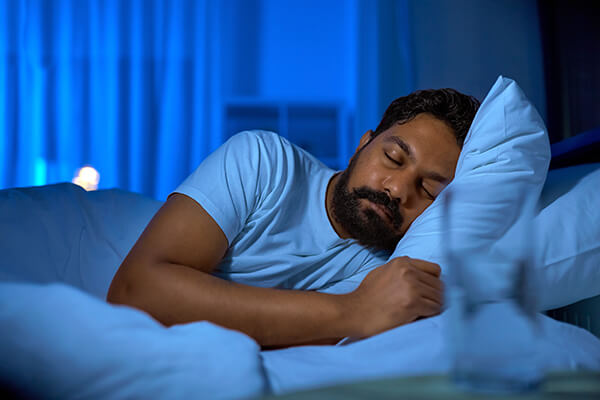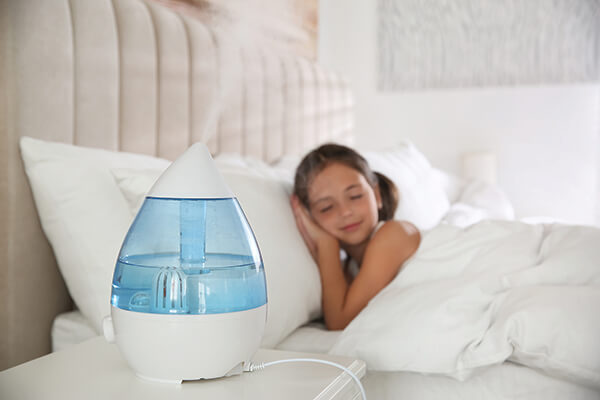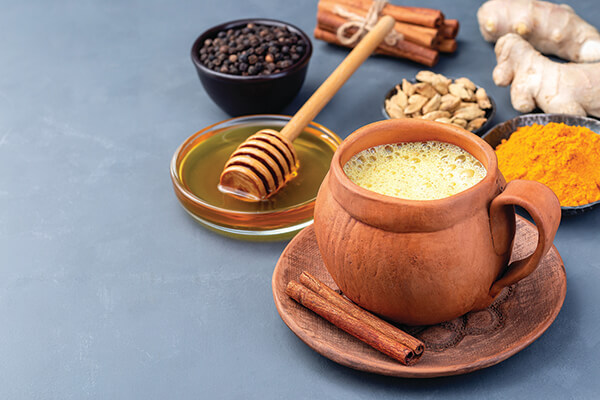
Looking for lifestyle practices to improve your body and mind? Follow these tips to improve your sleep and kick-start your health
Editor’s note: Savvy mattress retailers want to do everything they can to help their customers sleep better, including offering them sound advice and tips. Feel free to share this great guidance from Better Sleep Council spokeswoman Lissa Coffey with your shoppers (with credit given, of course). The BSC is the consumer education arm of the International Sleep Products Association.
By now, you’ve likely heard many of the practices you can adopt to help experience a good night’s sleep. The following are a few great habits you can get into, even while you are sleeping, so your body can operate most efficiently for optimal health and healing.
Go left
The best sleep position for most people is to sleep on your left side. While this may be news today, the wisdom originally comes from a traditional form of medicine that originated in India. The left and right sides of the body are different from one another. For example, the lymphatic system is more dominant on the left side of the body. This is because most of the body’s lymphatic fluid drains into the thoracic duct, which then goes into the left side of the heart, left jugular vein and left subclavian vein. So, it makes sense that sleeping on the left side benefits the lymphatic drainage system. The lymphatic system is our first line of “detoxing” in the body, which is the first to become congested when overworked.
The spleen is an important part of the lymphatic system and is located on the left side of the body. The spleen filters both lymphatic fluid and blood. While sleeping on your left side, drainage to the spleen gets an assist from gravity. When we move and our muscles contract, the lymphatic system can drain the body’s cells. By sleeping on our left side, we are allowing gravity to help the lymphatic fluid drain to the heart and the spleen.
Sleeping on the left side also is good for the heart. The largest artery in the body is the aorta, which runs from the top of the heart, arches to the left and then flows to the abdomen. When we sleep on the left, it’s easier for the heart to pump blood into the descending aorta.
For better digestion and elimination, sleeping on the left side is the way to go. The large intestine is situated so that it goes up the right side of the stomach area, then across so it can deposit waste into the colon going down the left side. Once again, gravity is our ally when we sleep on the left side. After sleeping well, the descending colon is ready for an easy and complete elimination of waste in the morning.
Use a humidifier

A cool-air humidifier helps to bring moisture into a room, which benefits us in many ways. When the air we breathe is too dry, we can experience respiratory problems such as sinus inflammation, bronchitis, asthma or nosebleeds. Dry air also can lead to dehydration, making us more susceptible to bacterial infections. We may experience a dry throat and dry eyes. We may notice dry skin, chapped lips or eczema. On the other hand, when the humidity in a room is at 45% to 55%, we breathe more easily and sleep more soundly. A humidifier helps to re-moisturize air that has been dried out from weather or from air conditioning and heating systems.
Another upside to using a humidifier is that you’re much less likely to snore. When you breathe in humid air rather than dry air, the throat and nasal cavity are less likely to dry out. The air is free to move through these channels as you breathe, so the snoring sounds don’t occur. If your partner snores and you’re the one who is awake because of it, a humidifier will benefit both of you.
In addition, a humidifier helps prevent the skin from drying out during sleep. While drinking enough water during the day helps keep us hydrated, using a humidifier at night can help us stay hydrated from the outside in so we wake up feeling fresh and rested.
Most newer humidifiers run quietly, giving just a small amount of white noise, which can be an added benefit to sleep. If you prefer to run a humidifier during the day, it likely will moisturize the air enough to get you through the night with the humidifier off.
Another way to incorporate humidity is to run a hot shower or bath and let the steam moisturize an adjoining bedroom. While you’re at it, a steamy shower also will help to open up and moisturize your sinuses.
You also can use saline nasal sprays or the Ayurvedic neti pot to irrigate and clean the sinuses. Eating spicy foods is another way to quickly relieve sinus pressure from dry air. If you’re up for it, try having some hot salsa, jalapeno peppers or chili peppers. Even one bite can make your nose run and your eyes water.
Have an after-dinner drink
We’ve all heard that warm milk can settle us into sleep — and it’s true. Ayurveda has an even better beverage for us, which is healthy in many other ways, as well. It’s called moon milk and it is fabulous. If you are vegan or avoiding dairy, substitute unsweetened nut milk instead. Each ingredient has a purpose. Turmeric is an anti-inflammatory. Cinnamon helps reduce blood clotting and is an antioxidant. Cardamom is known as the Queen of Spices and can calm heartburn and nausea. In addition, cardamom is a natural breath freshener. Nutmeg is a natural sleep aid. Ashwagandha soothes the nervous system. Ginger is great for digestion, and ghee is used as a carrier to get all the herbs where they need to go in the body. If you’re looking for a healthy and delicious night cap, moon milk is it.

Moon Milk (1 serving)
1 cup milk (I prefer unsweetened almond milk; use any kind of milk you like.)
½ teaspoon ground cinnamon
½ teaspoon ground turmeric
¼ teaspoon ashwagandha (easy to find online or in Indian grocery stores)
1 pinch of nutmeg
1 pinch of ground ginger
1 teaspoon ghee (Ghee is clarified butter. For the best quality, look for ghee that is cultured and organic.)
In a small saucepan, over medium-low heat, bring milk to a simmer. Add in the herbs one by one, whisking as you go. Add the ghee and reduce the heat to low. Continue to cook for seven to 10 minutes to let the herbs incorporate into the liquid. Remove from heat and pour into a mug. Add a little bit of raw sugar if you like it on the sweet side. O

Lissa Coffey is a spokeswoman for the Better Sleep Council and the founder of CoffeyTalk.com. A lifestyle and wellness expert, she’s written several books and has been a frequent guest on national and local television shows.

